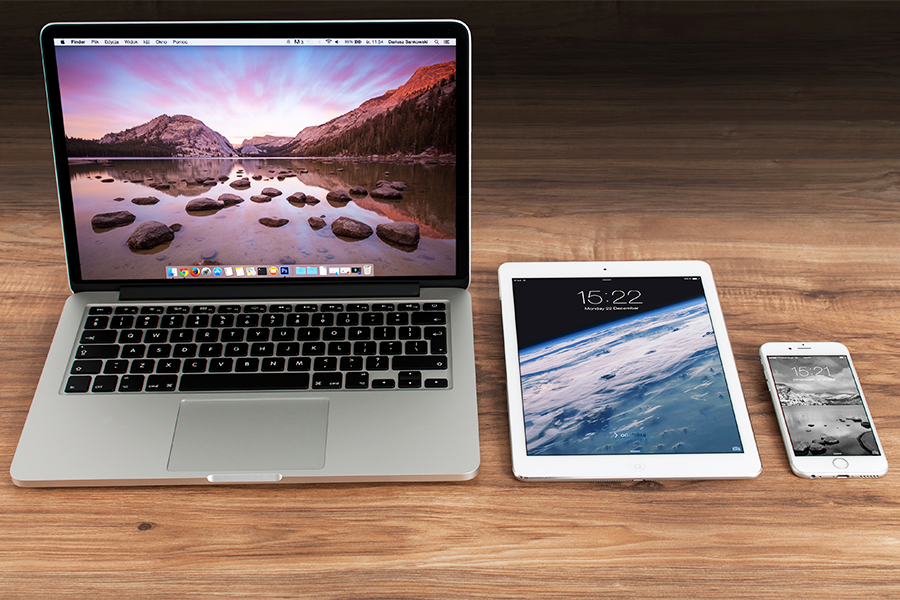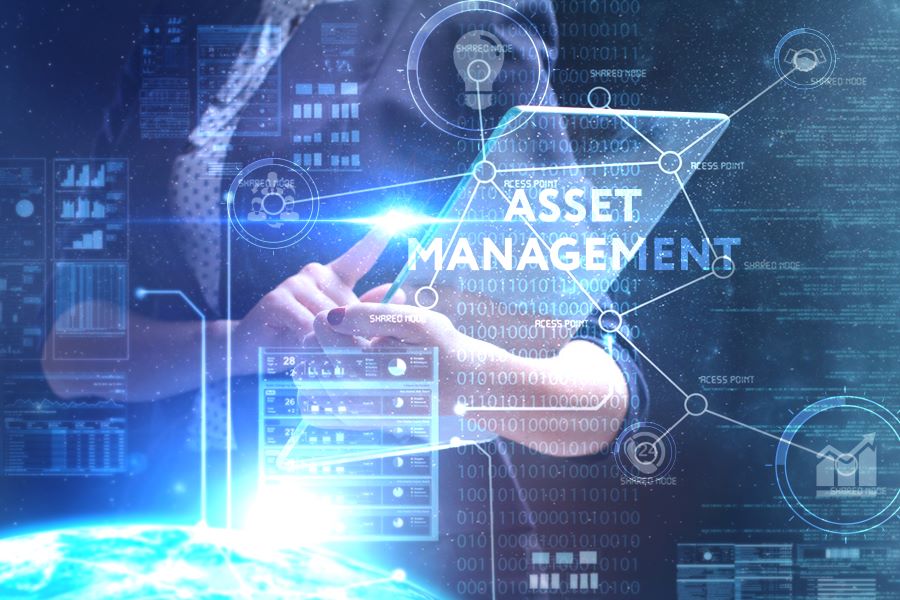
If you’ve been looking into IT asset management (ITAM), you’ve probably discovered that there are different types of assets within a business. Two of the primary types of assets are hardware and software. It’s common to wonder what the difference between the two is since it can affect how you manage each one.
This article will cover the difference between hardware and software with examples of each. By the end, you’ll know how to identify different types of hardware and software assets within your business. Keep reading to get all the details.
Hardware vs Software Assets
So what’s the difference between these two types of assets? Let’s start with the definition for each one.
Hardware Definition
Hardware assets are physical computer equipment. They involve computers like desktops and laptops and essentially everything in connection to them. Things like hard drives, modems, routers, and hubs are all considered physical computer hardware.
Software Definition
Software assets are the digital computer programs you likely use in many of your business operations. Common software programs include accounting software, cybersecurity software, and CRM software. On top of the software itself, you would also need to manage licenses, data rights, and any other documentation that comes with these programs.
5 Differences Between Hardware and Software
Now that you know what these types of assets are, let’s look at five key differences between them.
- Hardware is physical and tangible, whereas software isn’t. Your hardware assets will take up physical space within a business environment. That means they must be managed appropriately with physical storage locations and more manual inventory systems required. On the other hand, software only takes up digital storage space.
- Hardware requires physical repairs. Software requires digital repairs. When your computer hardware has issues, it often requires more physical maintenance. For instance, the computer’s hard drive may be malfunctioning, and it needs to be physically repaired or replaced. Software usually requires digital updates or troubleshooting.
- Hardware wears out over time, and software doesn’t. Hardware will see decreased performance over time since it uses mechanical processes to operate. This means it must be replaced on a regular cadence to ensure continued success for your employees. Software doesn’t use those processes. It just requires a working computer and sometimes an internet connection. But while software can’t wear out, it can become outdated.
- Transporting hardware is more difficult. With software, it’ll be easier to transport it digitally from one place to another. On the other hand, if you want to move computer hardware to another place of business, a lot of planning must go into that since it takes up physical space.
- Hardware typically has more components to manage than software. During ITAM processes, hardware will be categorized into groups such as input, output, external, and storage components. Software is usually just system software and application software. There are fewer working parts involved to make the software work correctly.
As you can see, many significant differences separate these two types of assets. Hardware, in specific, requires a lot of planning and detailed analysis to manage it effectively.
If you’re looking for assistance managing hardware assets, Multiply’s team of consultants can help. We have years of experience managing IT hardware and can help you put systems in place that will make organizing it more efficient and effective.
What Is the Relationship Between Hardware and Software?
Now that we’ve covered the differences, you may also wonder what the relationship between hardware and software is. After all, they both work together to make your business operations a success.
The primary relationship between hardware and software is that physical computer hardware is needed to access and use the software. So you really can’t put software to work until the proper hardware is in place.
However, the software can achieve different processes that the hardware at its base can’t. This is because software programs use a set of instructions to control hardware to perform specific tasks.
Both hardware and software help you get the most out of your computing systems when they operate together effectively.
Hardware Assets Examples
Businesses have several types of hardware assets they use in daily operations. Here are some examples of them to identify your company’s needs.
5 Examples of Hardware
Five examples of hardware assets are:
- Personal computing devices: Laptops, desktops, tablets, and mobile phones.
- Networking devices: Routers, modems, and switches.
- Telecom equipment: Video conferencing and voice-over-internet protocol (VoIP) systems.
- Data center hardware: Servers, backup systems, and storage.
- Peripherals: Monitors, projectors, and scanners.
There are a lot of categories of significant computer hardware in a business that all must be managed appropriately.
Software Asset Examples
There are also several types of software assets used in businesses. Here are some common ones to help identify them.
5 Software Examples
Five software asset examples are:
- Software programs: Database software, payroll software, and billing software.
- Software licenses: All licenses that allow you to use different types of business software programs.
- Documentation: All data and rights are in accordance with the use of software programs.
- Software development agreements: Contracts from developers who agree to make programs for business use.
- Maintenance agreements: Any agreements that allow developers to update or repair the software as needed.
Keeping tabs on these different pieces of software will help business operations continue running smoothly.
How Multiply Can Help
There’s a lot that goes into an ITAM system. If you’re looking for help managing hardware assets and physical computing equipment, Multiply will be a great resource for your needs.
Multiply is a team of IT consultants and senior service technicians. Our goal is to help businesses we partner with create streamlined systems for success that make ITAM processes easier. We will help set up systems that are proven to work and bridge connections between all teams involved within the business.
To learn more about how Multiply can help, contact us today!



